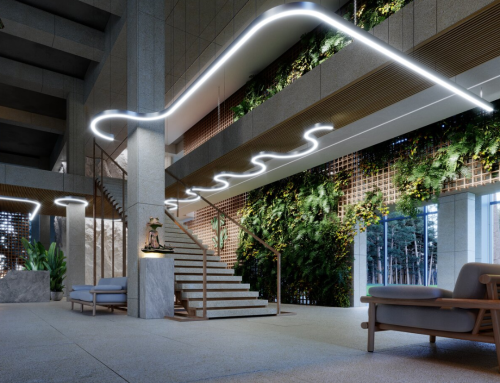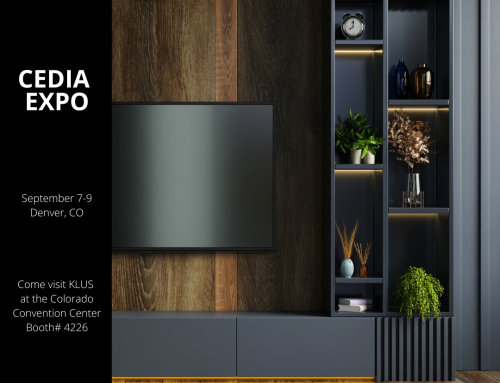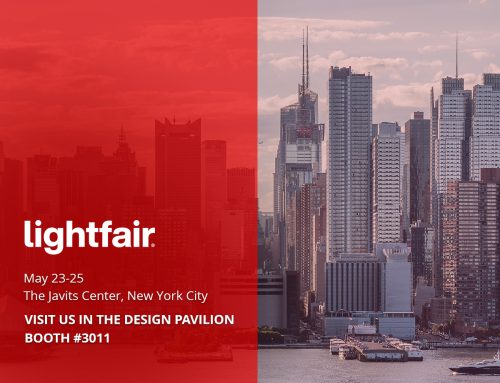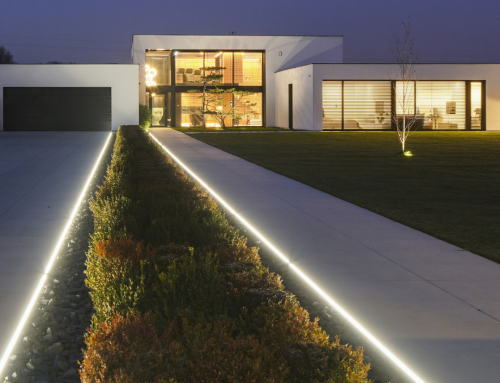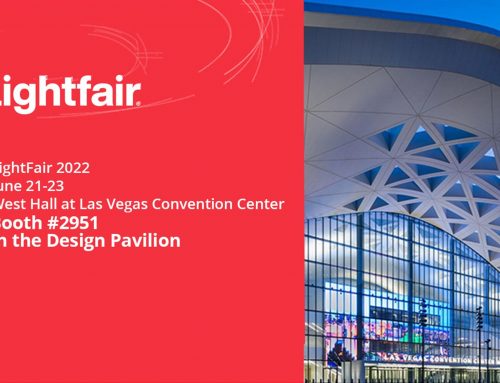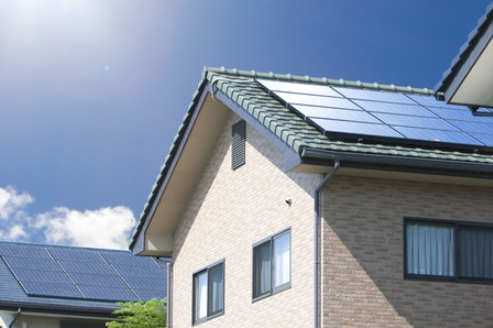
Zero-energy ready, zero net, or a net zero home, are terms used to describe a home that creates roughly the same amount of renewable energy than what it consumes. In addition, a home that produces a surplus of energy over a certain time is commonly referred to as an “energy-plus home”, and a home that consumes slightly more energy than what it can produce is called a “near-zero energy home” or “an ultra-low energy home”. You may not have heard much related to those terms, but it won’t be long until they are commonplace. Interest in building or creating net zero homes is exploding in many areas around the U.S., and home builders are stepping up to meet the demand. You’ll most definitely hear and read a lot more regarding those terms in the very near future.
The Department of Energy (DOE) is projecting 1000 certified Zero Energy Ready Homes to be completed in 2016, and another 3000 in 2017. The New York Times recently reported on a subdivision in San Bernardino CA, that was created as an experiment by the Electric Power Research Institute, to test the net zero home concept and to see if it would be realistic for widespread use. The test was done in conjunction with the California Public Utilities Commission, and the homes were build by Meritage, a leading builder of energy-efficient homes in California.
Meritage incorporated solar panels, spray foam insulation, LED lighting, energy efficient windows, and advanced water heaters and thermostats into each home. The homes did cost more than the average for the area, but because the extra costs were wrapped into the 30 year mortgage, it made it easier to afford, especially when considering that the higher mortgage payments were offset by the lower energy costs. One homeowner reported that in his previous home, which was of similar size (2800 sq ft), energy costs typically came in around $500 per month. His energy bill now averages about $10 per month.
So is it realistic to have a zero-energy home? Most experts agree that the quick answer is yes, right now it is realistic, especially for new construction, however expect some challenges in some areas, because not all local governments have the goals, incentives, or framework in place to facilitate clean energy initiatives.
If you are interested in building a net zero, or low energy home, The DOE has created a resource page on their website with additional information – HERE.

